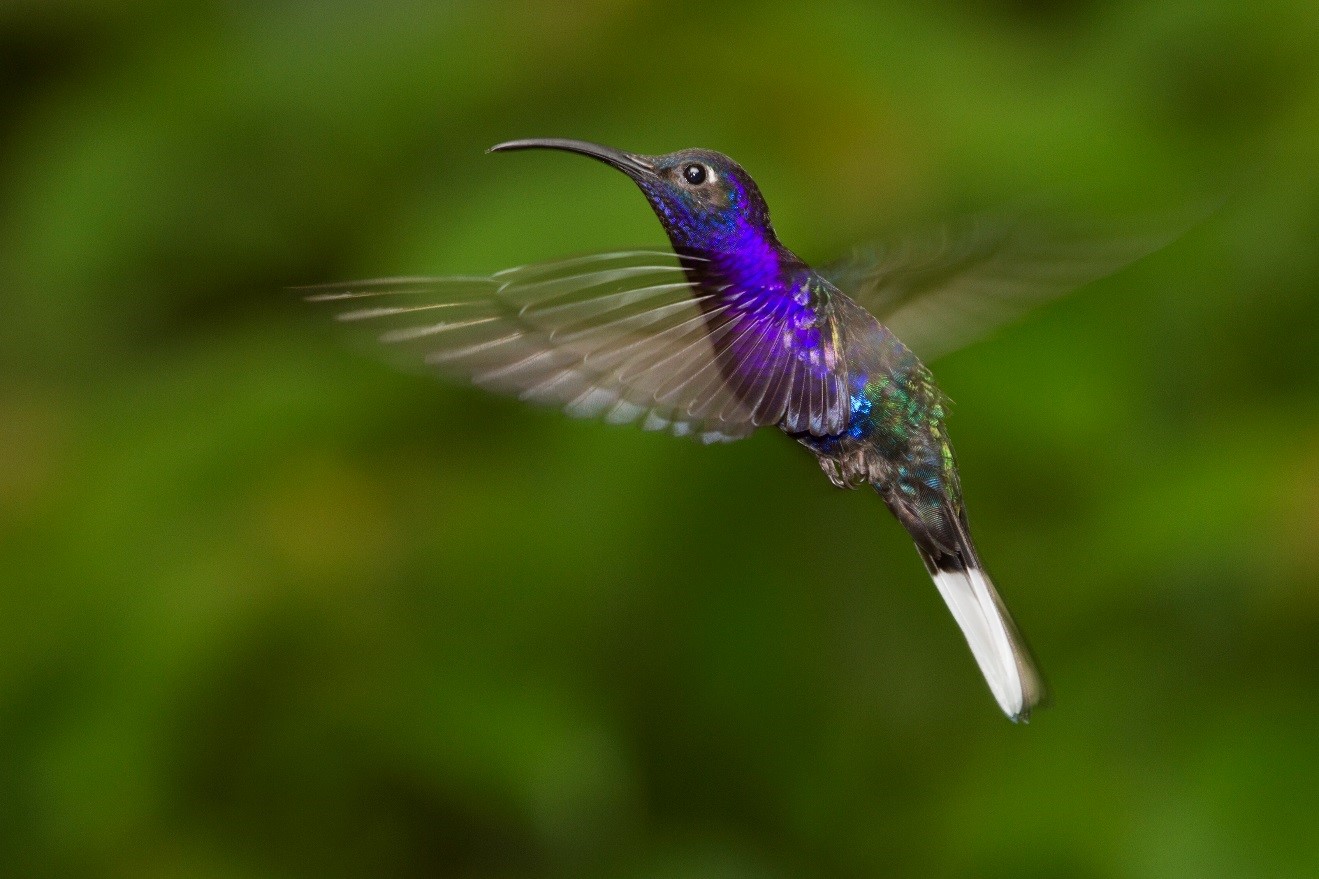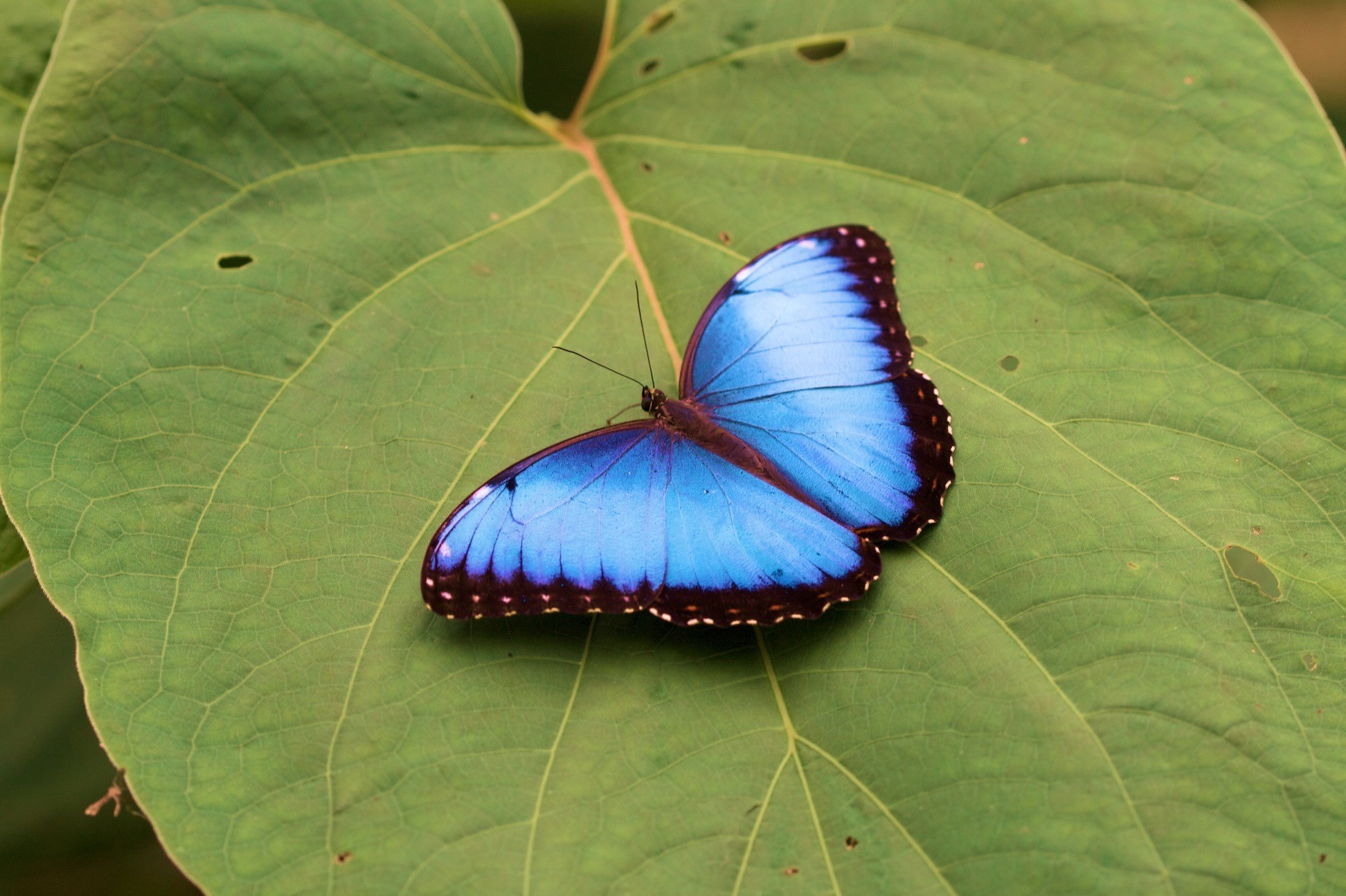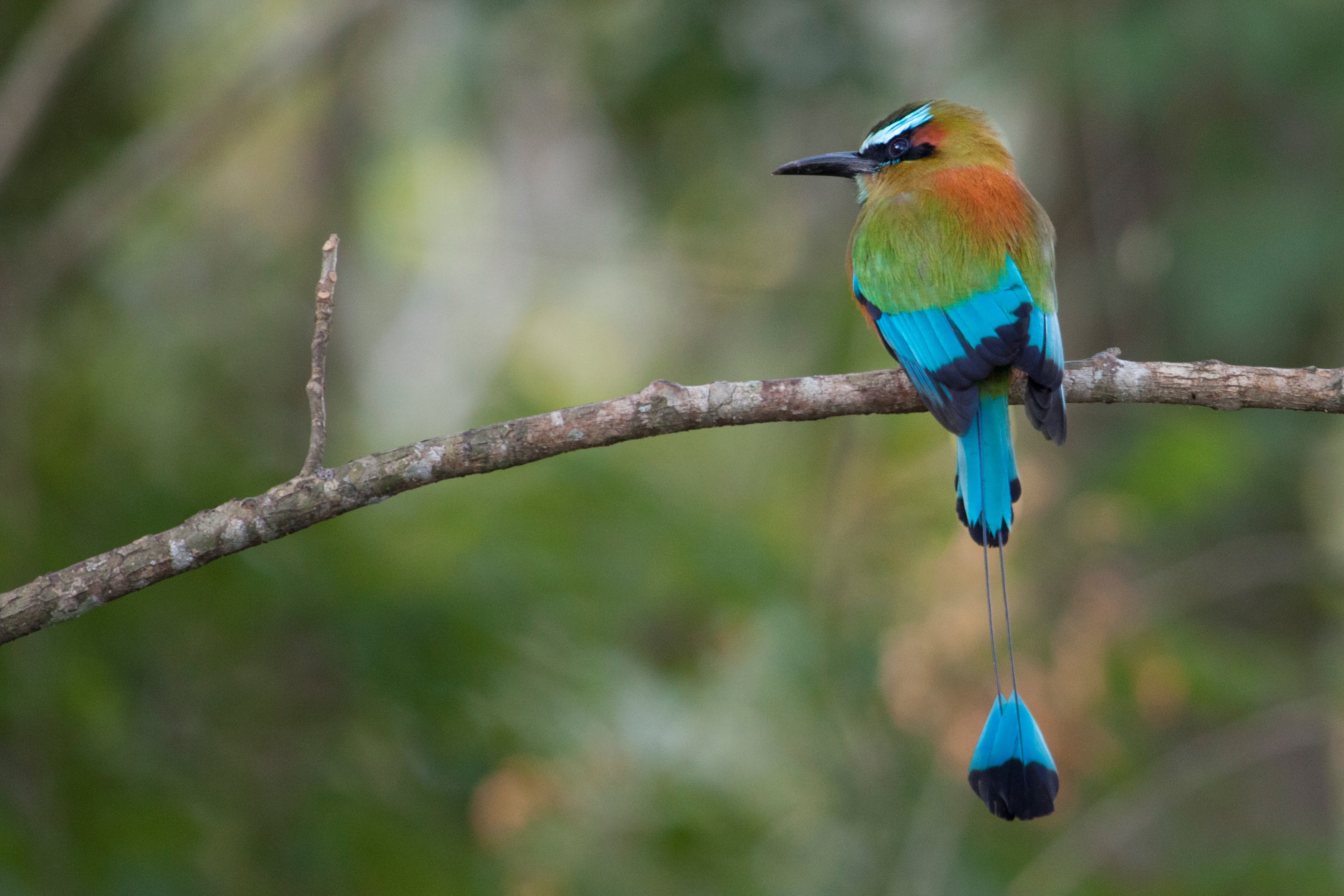
What’s in my camera bag? Costa Rica
Costa Rica is one of the world’s real biological treasure chests. Not only is it home to multiple species of “big cat” like jaguars, ocelots, margays, and others, it is home to four distinct species of tropical monkey, spectacular butterflies, over a thousand species of birds, and an incalculable number of fascinating reptiles, frogs, and insects. Simply put, it’s teeming with life, and the photography in Costa Rica is extraordinary.
If you’re headed down to this tropical jewel, be sure to bring the right camera gear with you and you’ll be rewarded with a spectacular array of stunning images.
Please note, photographic styles vary, as do conditions on the ground. While this is meant to be a guide for choosing your camera gear, you should consider your own photographic interests first and foremost.

Ultra-wide Angle Lens
I find these types of lenses to be of extraordinary value when traveling and seeking game-changing nature and wildlife photography. While the limited telephoto power of your 10-22mm (crop frame) or 14-24mm (full frame equivalent) lenses won’t likely get you close enough to birds and monkeys, they are superb for general travel photographs, as well as sweeping landscape photos.
Plus, they are lightweight, small, and great for indoor photography, too, should you wish to take photo of your many experiences in some of the premier jungle lodges of this tiny topical country.
While it’s not a critical lens to have with you, it’s definitely something I ALWAYS bring with me to Costa Rica.

Wide angle zoom
I generally don’t go anywhere without a wide angle zoom lens…something in the 18-55mm (crop frame) or 24-105mm (full frame equivalent) range. These are often the lenses I’ll have on my camera when walking to dinner, or any other time of day when I’m just not sure what surprises wonderfully lurk around each corner of the jungle. Typically these are also wide enough for excellent landscape and travel photography.
As an added bonus, these lenses can often be wonderful stand-ins as a macro lens, should you not have a dedicated macro lens with you, and encounter some of Costa Rica’s smallest jewels (but those I personally find to be some of the most fantastic!). If you would like to learn more about how to use your wide angle zoom as a macro lens, read up on my step by step techniques here: How to take a Macro Shot without a Macro Lens.

Zoom Telephoto or Super Telephoto?
Simply put, you MUST bring one of these lenses with you to Costa Rica if you wish to photograph the charismatic hummingbirds, tree-climbing iguanas, monkeys, and other “larger” denizens of the tropical jungle. While these critters could be closer than you think, you don’t want to count on it, and should plan on photographing from 20, 40, or 60 yards away.

My personal go-to is a trusty 100-400mm range, as it give me flexibility and versatility in zoom range, but is also relatively small and lightweight compared to the larger “super” telephotos. If you have a crop frame, this 100-400 is going to turn into something even more powerful (depending on your sensor’s crop factor), and in a pinch, a 70-300mm would even do the trick for crop frame bodies, like Canon or Nikon’s intro DSLR set ups. However, if you’re shooting on full frame, you really need to have something 400mm or greater.
There is a NEW lineup of lenses that have been hitting the market in the past few years, fulfilling the range of 200-500mm. Both Nikon and Tamron (which makes this lense for all major camera bodies) have come out with this range, and others are evening getting into the 150-600mm range. Along with more venerable lenses like the 400mm f/2.8, 500mm f/4 and 600mm f/4, I categorize these new zoom lenses that get into the 500s and 600s as “super telephotos.”

These can be EXTRAORDINARILY helpful in tropical environments, when animals are smaller than larger African mammals, and can be shrouded in tree-top foliage, necessitating shots further away than you may like. As a result, I do highly recommend these new super telephotos on a Costa Rica Wildlife Adventure, but other time-honored considerations must be followed still, like size, weight, cost, and general flexibility. If you are hell bent on photographing all the smaller birds you come across, a 600mm f/4 would be for you. But don’t forget a tripod and a very muscular back to carry this along the trails!
If you are a generalist like me, the newer 200-500mm and 150-600mm lenses are for you. But don’t forget to consider their maximum aperture at full range…many of these necessitate light-crushing f/6.3 apertures when extended all the way out to 500 or 600, which can yield challenges in the jungle.
So, there is no perfect solution, and as with most wildlife safaris, you’ve got to weigh the pros and cons to the amount of telephoto power you bring. But keep in mind, for Costa Rica, the more telephoto power you have, the better.
X-factor lenses
If you’re not sure what I mean by X-Factor lens, check out my article HERE for a more detailed explanation.
For Costa Rica, it’s got to be a macro lens. While I always love my nifty-fifty, and ultra-wides are always cool, if I’m limited to just one more lens beyond the “critical kit” it’s got to be my 100mm f/2.8 macro.
Now, the trouble with a macro is that if you want to do it right, you’ve got to bring a flash, too. For those with cameras that have built-in flashes, those usually are enough, but many of the fancier cameras these days don’t come with built-in flashes. Thus, it’s just another thing you have to lug around.
Nevertheless, if you do have a macro, and a flash, and bring them along on the ever-spectacular night hikes you’re sure to do as part of your itinerary, you will not regret it. It’s an entirely other world in the undergrowth, and a basic macro will be the key to capturing it in all its brilliance.

And remember, if you don’t have a macro, read my article HERE on how to take proper macro photos without a macro lens.
Tripod
A tripod is always a handy thing to have, but I’m usually on the side of the fence that prefers not to have something cumbersome to lug around each day. For those times in nature and wildlife photography that I absolutely must have a tripod, I’ll deal with it, but I’m usually not bringing it unless it’s extremely helpful.
Costa Rica sits somewhere in between. On one hand, it’s nice to have the stability for photographing in dense, dark rain forests at times. But on the other hand, the wildlife you will wish to photograph may not hold still long enough to use the slow shutter speed a tripod would allow for. Sure, a tripod will allow you to take a steady shot at 1/20th of a second. But if you’re photographing climbing monkeys, flitting birds, and even slowly moving sloths, that movement will be enough to botch the photo no matter how still you are on the other side of the lens.
Tripods can indeed be useful, but just keep the above in mind. Not a critical piece of equipment if you ask me. I generally recommend going “hand held” for as much as possible.

Other accessories
Like all nature and wildlife photography, it’s key to bring extra memory, extra batteries, and general weather protection. You’ll likely find yourself photographing on “burst mode” for wildlife encounters, which can eat up memory. And if you run out of battery early in the day, you’re guaranteed to encounter your best photo opportunity of the trip later that day.
As far as weather protection, it’s important to have both a rain cover for your backpack, as well as a rain cover for your camera. Storm shields are great, inexpensive rain jackets for your camera, and a number of companies sell slip-over covers for backpacks of all sizes. Sometimes you’ll be hiking and get caught in a brief shower, and other times you may have extraordinary wildlife sightings in adverse weather conditions. It’s best to always be prepared when in the wild.
If you’re headed to mother nature’s paradise—Costa Rica—you’re about to explore one of my favorite places on the planet. Be sure to give some serious thought to your camera gear, before and during your trip, and you’ll no doubt get some truly stunning photos, as well as a brain-full of memories, that will all last a lifetime.
Cheers!

Court
Leave a reply